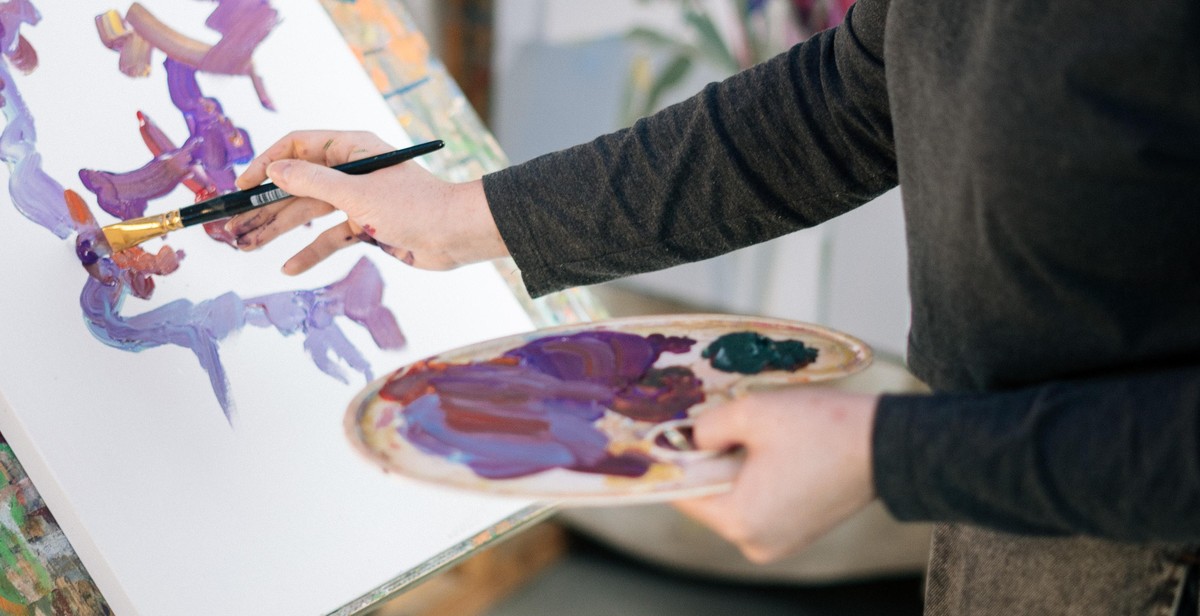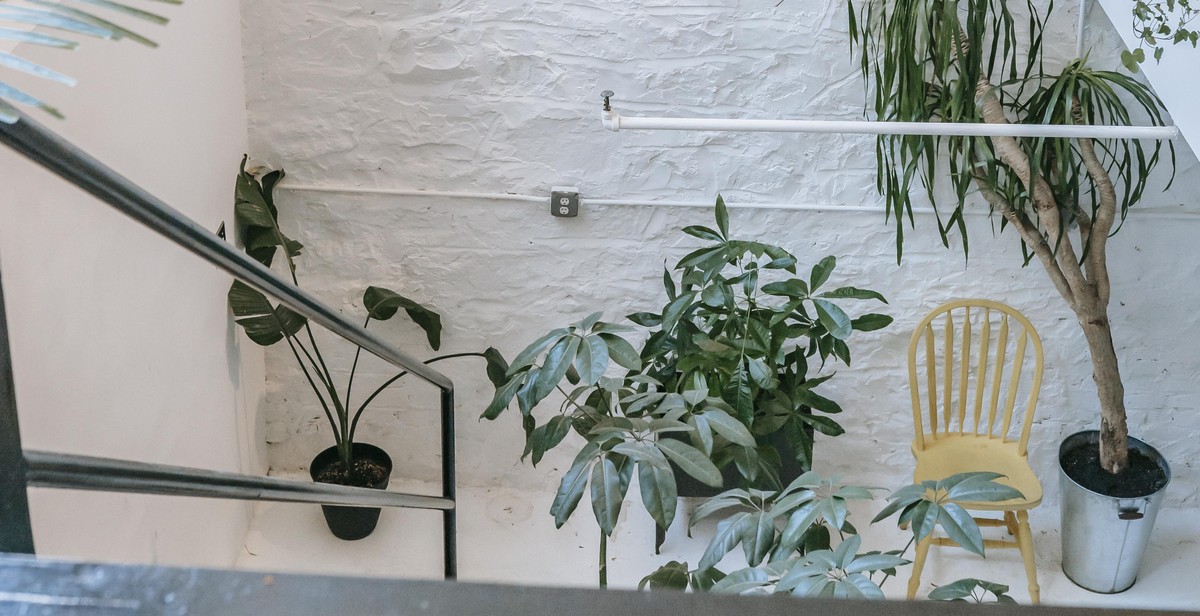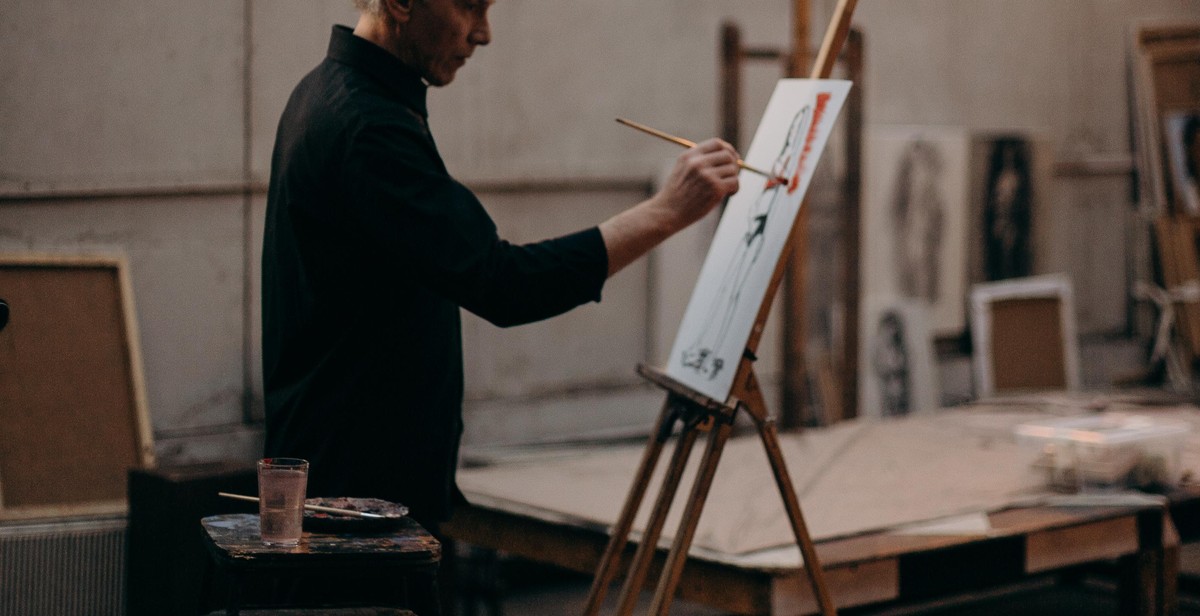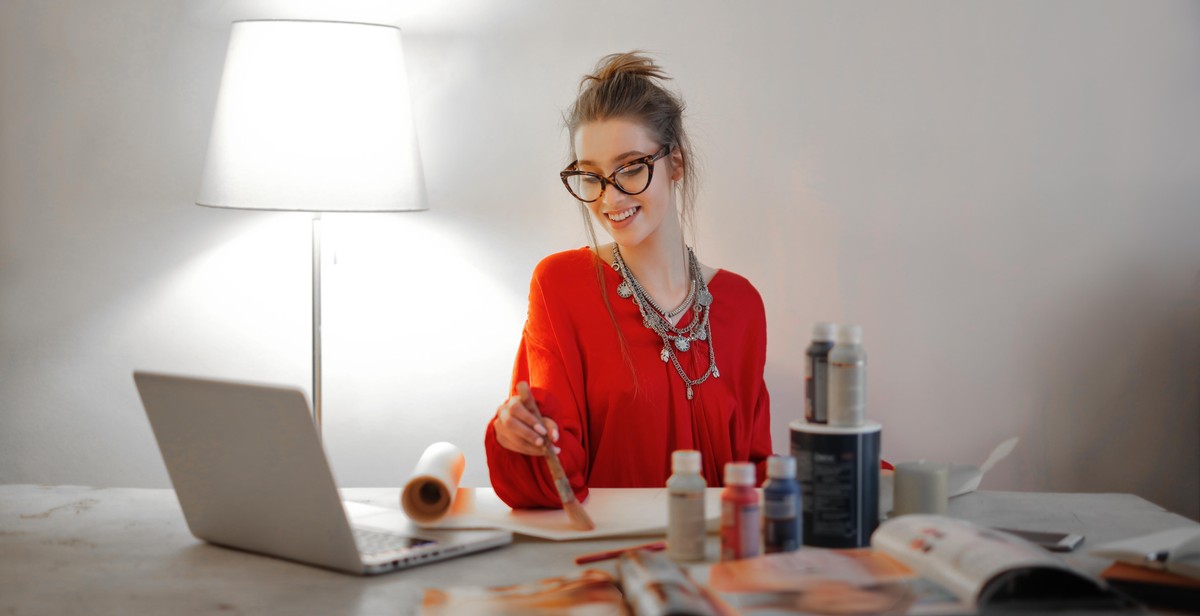How to Paint a Realistic Portrait with Acrylics
Acrylic painting is a versatile medium that allows artists to create stunning works of art. One of the most popular subjects for acrylic paintings is portraits, as they offer a unique challenge to the artist and allow for a great deal of creativity. Painting a realistic portrait with acrylics requires a combination of technical skill and artistic vision, but with the right techniques and tools, anyone can create a stunning portrait.
Materials
Before beginning your portrait, it is important to gather all of the necessary materials. This includes:
- Acrylic paint in various colors
- Paintbrushes in different sizes and shapes
- Canvas or paper for painting on
- A palette for mixing colors
- Water for cleaning brushes
Techniques
When painting a realistic portrait with acrylics, there are several techniques that can be used to achieve a lifelike result:
- Start with an underpainting: Use a neutral color like burnt sienna to create a base layer for the portrait.
- Build up layers: Use thin layers of paint to gradually build up the colors and tones of the portrait.
- Blend colors: Use a dry brush or a blending medium to blend colors together and create smooth transitions.
- Use highlights and shadows: Create depth and dimension by using highlights and shadows to emphasize the contours of the face.
Conclusion
Painting a realistic portrait with acrylics can be a challenging but rewarding experience. By using the right materials and techniques, anyone can create a stunning work of art that captures the essence of their subject.

Materials Needed
Before starting a realistic portrait with acrylics, you will need the following materials:
Acrylic Paints
Acrylic paints are a popular choice for painting portraits due to their versatility and fast-drying time. It is recommended to use high-quality paints to achieve a realistic and vibrant look. You will need a range of colors including skin tones, hair colors, and background colors.
Brushes
Investing in high-quality brushes is important for achieving the desired effect. You will need a range of brushes including flat and round brushes in various sizes. A flat brush is ideal for large areas, while a round brush is perfect for adding details and fine lines.
Canvas or Paper
You can paint on canvas or paper, depending on your preference. Canvas is a popular choice because it is durable and can be easily framed. However, paper is more affordable and can be a good option for practicing and experimenting with different techniques.
Palette
A palette is essential for mixing colors and creating different shades. You can use a traditional palette made of plastic or a disposable palette made of paper. It is recommended to use a palette with a large surface area to allow for easy mixing and blending of colors.
Water and Paper Towels
Acrylic paints require water for thinning and cleaning brushes. Have a container of water and paper towels handy to clean your brushes and wipe off excess paint.
Reference Photo
A reference photo is crucial for painting a realistic portrait. Choose a clear and high-quality photo that shows the subject’s features and details. You can use a printed photo or view it on a digital device.
Conclusion
Having the right materials is essential for painting a realistic portrait with acrylics. Investing in high-quality paints and brushes, choosing the right surface, having a palette for mixing colors, and using a clear reference photo will set you up for success.

Step-by-Step Guide: How to Paint a Realistic Portrait with Acrylics
Painting a realistic portrait with acrylics can be a challenging task, but it is not impossible. With proper techniques and guidance, you can create a masterpiece that will leave everyone in awe. Here is a step-by-step guide on how to paint a realistic portrait with acrylics.
Step 1: Sketching the Portrait
The first step in painting a realistic portrait is to sketch the portrait. Use a pencil to sketch the outline of the face and the features. This step is crucial as it will help you to get the proportions right. You can use a reference photo to help you with the sketching process. Once you have the sketch, you can transfer it onto your canvas using a transfer paper or by freehand drawing.
Step 2: Blocking in the Colors
Once you have the sketch on your canvas, the next step is to block in the colors. Start with the base colors for the skin, hair, and eyes. Use a large brush to cover the canvas quickly. Don’t worry about the details at this point; focus on getting the colors right. Use a palette knife to blend the colors and create a smooth transition between the different areas.
Step 3: Adding Details
After you have blocked in the colors, the next step is to add details. Use a smaller brush to add the details to the face, such as the eyes, nose, and mouth. Pay close attention to the shading and the highlights. Use different shades of colors to create depth and dimension in the portrait. Take your time with this step, as it can make or break the final result.
Step 4: Refining the Portrait
Once you have added the details, the next step is to refine the portrait. Use a small brush to refine the edges and the details. Check the proportions and make any necessary adjustments. Use a dry brush to create texture and add depth to the portrait. Don’t be afraid to make mistakes; you can always paint over them.
Step 5: Final Touches
The final step is to add the final touches. Use a small brush to add the finishing touches to the portrait, such as highlights, shadows, and details. Check the portrait from a distance to ensure that it looks realistic. Sign your painting and let it dry.
- Sketch the portrait using a pencil
- Block in the colors using a large brush
- Add details using a smaller brush
- Refine the portrait using a small brush and a dry brush
- Add the final touches using a small brush

Tips for Painting Realistic Portraits with Acrylics
If you want to create a realistic portrait with acrylics, there are a few tips that can help you achieve the desired result. These tips include:
Use a Limited Color Palette
When painting a portrait, it’s important to use a limited color palette. This means that you should only use a few colors to create your painting. Using too many colors can make your painting look muddy and less realistic. Stick to a few colors that match the skin tone of your subject and use them to create subtle variations in color throughout the painting.
Start with Thin Layers of Paint
When painting a portrait, it’s important to start with thin layers of paint. This allows you to build up the colors gradually and create a more realistic look. Thick layers of paint can look unnatural and make it difficult to create the subtle variations in color that are necessary for a realistic portrait.
Work from General to Specific
When painting a portrait, it’s important to work from general to specific. This means that you should start with the larger shapes and work your way towards the smaller details. This allows you to create a strong foundation for your painting and ensures that you don’t get bogged down in details too early in the process.
Take Breaks to Step Back and Assess Your Work
When painting a portrait, it’s important to take breaks to step back and assess your work. This allows you to see your painting from a distance and identify any areas that need improvement. Taking breaks also helps to prevent eye strain and fatigue, which can lead to mistakes and frustration.
Experiment with Different Techniques
When painting a portrait, it’s important to experiment with different techniques. This allows you to find the techniques that work best for you and your style of painting. Try using different brushes, blending techniques, and layering techniques to create different effects and textures in your painting.
- Use a limited color palette to create subtle variations in color
- Start with thin layers of paint to build up colors gradually
- Work from general to specific to create a strong foundation
- Take breaks to assess your work and prevent eye strain
- Experiment with different techniques to find what works best for you

Conclusion
Learning how to paint a realistic portrait with acrylics can be a challenging but rewarding experience. With the right materials, techniques, and a lot of practice, you can create stunning portraits that capture the essence of your subject.
Remember to start with a solid foundation by sketching out your subject and mapping out the basic shapes and proportions. Use a limited color palette to create depth and dimension, and build up layers of paint to create texture and detail.
Experiment with different brush strokes and techniques to create unique effects, and don’t be afraid to make mistakes. Every painting is a learning experience, and you can always adjust and refine your technique as you go.
When it comes to painting portraits, the most important thing is to capture the personality and character of your subject. Take your time, be patient, and don’t be afraid to ask for feedback from others.
With these tips and techniques, you’ll be well on your way to creating beautiful, realistic portraits with acrylics. So grab your brushes, your paints, and start painting!
